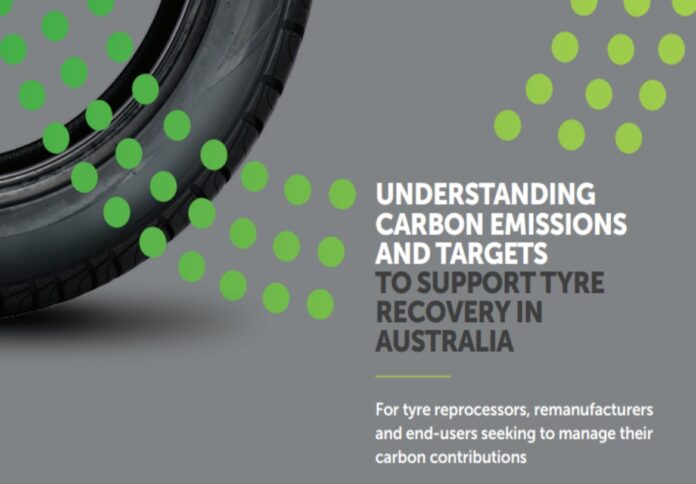
Tyre Stewardship Australia (TSA) has commissioned a report to help tyre reprocessors, remanufacturers, and end-users better understand their carbon emissions and targets.
To achieve these objectives, the report enumerated some of the growing set of policies including the Safeguard Mechanism, which requires Australia’s largest greenhouse gas (GHG) emitters (those that emit >100,000t CO2-e in a fiscal year) to keep their net emissions below an emissions baseline set by the Clean Energy Regulator.
The National Greenhouse and Energy Reporting (NGER) scheme was also addressed, emphasising the need for organisations emitting more than 50,000t CO2-e to report them (with ongoing record keeping, auditing, monitoring, and compliance obligations).
In the report, three ‘scopes’ of emissions were defined to help create clarity and improve transparency for GHG accounting and reporting purposes, distinguishing them based on their source.
The GHG protocol defines them as direct GHG emissions, indirect electricity emissions, and other indirect GHG emissions.
According to the report, GHG emissions occur throughout the tyre value chain, with emissions resulting from raw material production, energy use during manufacturing, and fossil fuel consumption in transportation.
There are also a variety of emissions associated with EOLT fates, such as landfilling, transportation, and processing into tyre-derived products (TDP) and tyre-derived fuel (TDF), the report found.
Tyre companies’ actions include emission reduction targets, participation in international initiatives, climate change policies, coordination, and product stewardship.
To date, TSA said it collaborated with the NGER scheme to allow the EOLT sector to conduct carbon accounting.
As a result, changes to the NGER scheme outline the possibility of replacing coal with TDF and lowering GHG emissions.
The updates also add two new EOLT fuel types, allowing NGER reports to more accurately reflect tyre combustion emissions.
TSA said it has also teamed up with Edge Environment to identify opportunities for TDP to reduce emissions when compared to raw material alternatives.
The report pointed out that TDF has a higher calorific value than coal, hence it can partially replace coal as an energy source with a 30 per cent reduction in greenhouse gas emissions.
Finally, the report outlined critical steps to take if a tyre manufacturer wanted to investigate carbon offsets.
This includes determining the financial viability of creating carbon credits, determining whether the proposed project is compatible with existing methodologies, and implementing project verification.




















